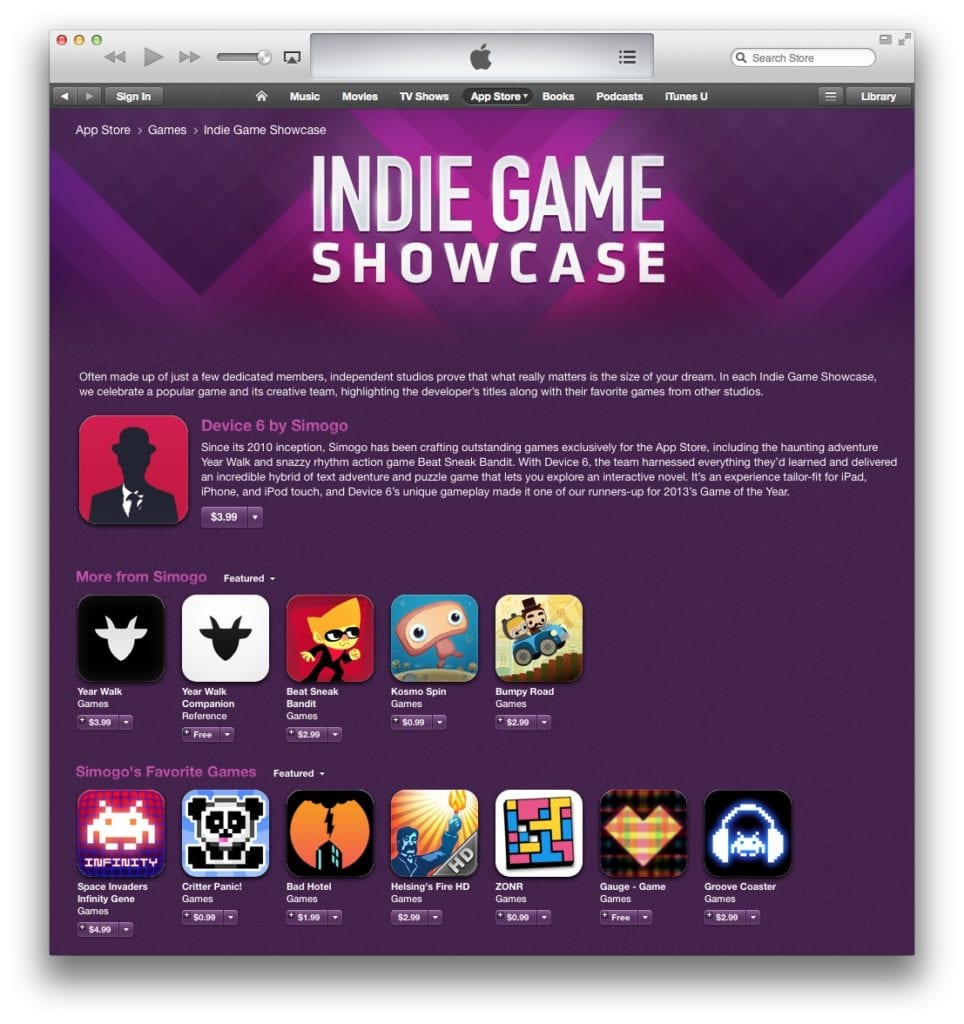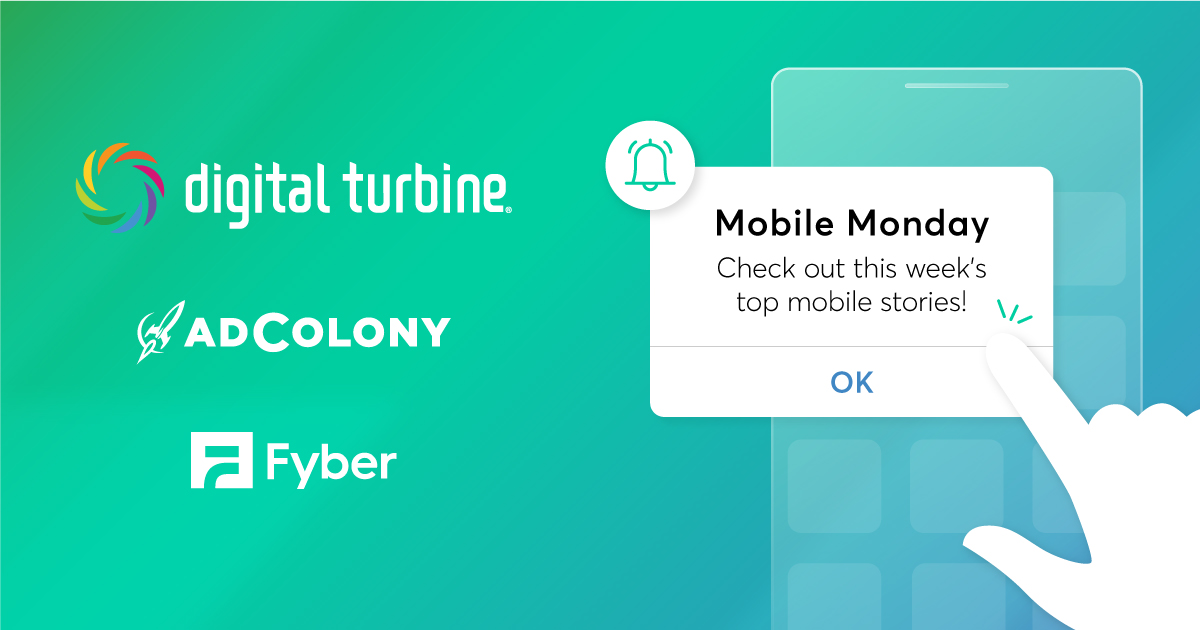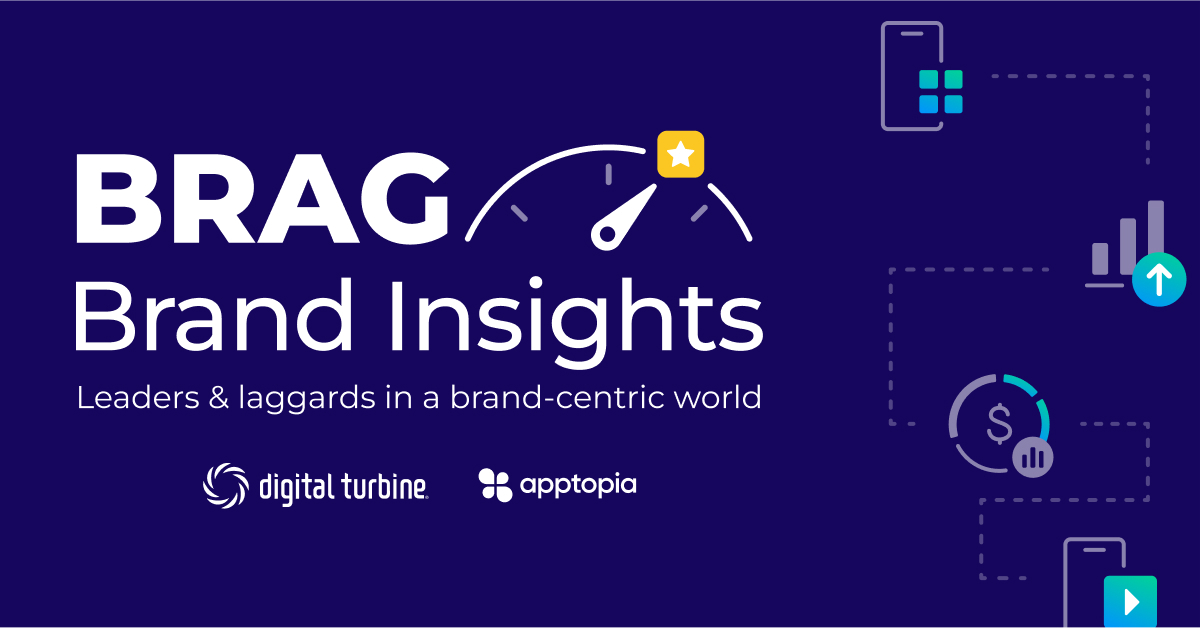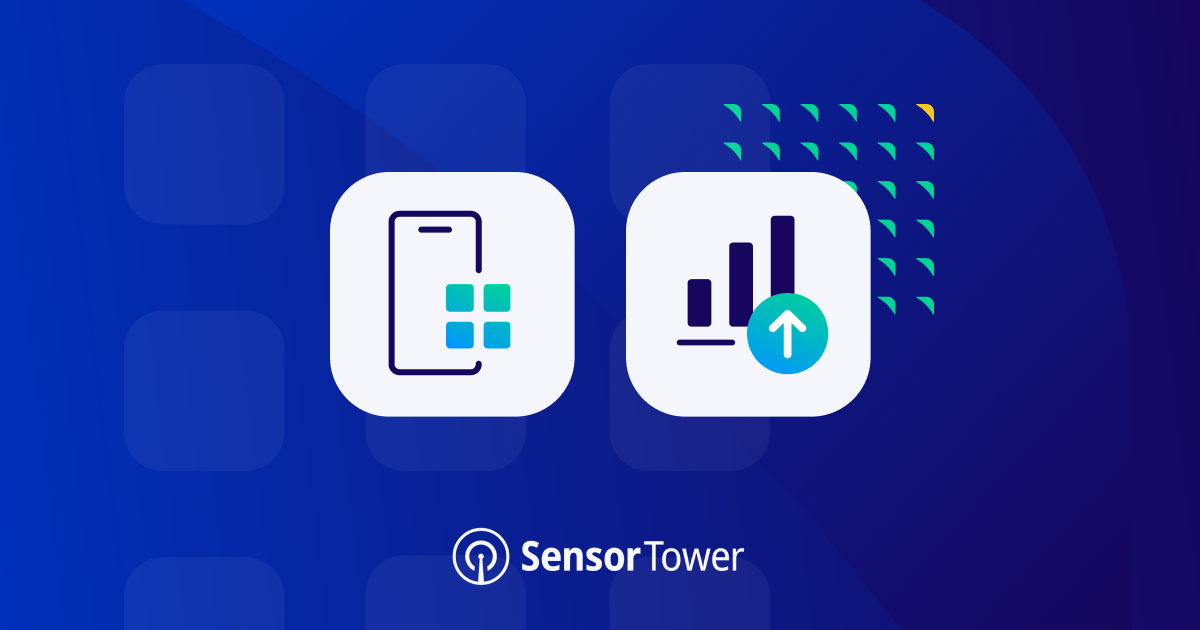Recently we asked our partners about their app install marketing strategy this year. More than half of publishers said they have a team of 5 or less to handle all of their user acquisition (UA). There’s also patterns of growth in the size of UA teams, but it’s clear that efficiency is still the key to app growth.
For small publishers, optimizing discoverability is one of the most efficient modes of UA, and Apple recently created a new opportunity to accelerate organic growth by adding a dedicated “Indie” section to the App Store last month. The storefront includes sections like Our 25 Favorite Indie Games, Newly Discovered Indies, Indie Game Debuts, and more.

While the addition of a dedicated indie games “storefront” in the App Store should make it easier for smaller developers to garner awareness for their apps, discoverability doesn’t end with the app stores. Rather, smaller publishers should leverage the right UA strategies to increase their app’s chances of being featured on the indie storefront.
Choose the Right Partners
Choosing the right attribution partner as well as the right UA partner is an important step in acquiring new users. Fortunately for small studios, a good attribution partner will have sound recommendations on user acquisition. Tracking installs by trusted attribution partner is a great way to hold UA partners accountable, and good partners will encourage this level of transparency.
To maximize ROI, the ideal UA partner should help a small studio do two things: deliver a positive return on ad spend (ROAS) by acquiring high-quality users at reasonable CPIs, and encourage organic growth.
Optimizing for organic growth may take the form of planning campaigns to track post-install events that encourage organic growth, such as optimizing a campaign for a positive review, friend invitation, and so on.
The High-Quality User Cycle of Growth
No one wants to spend money to acquire users who don’t monetize. While install volume is often seen as a key success metric, all the users in the world won’t help a business if they generate no revenue. Put in brick and mortar terms, it doesn’t matter how many people are in your store if no one buys anything.
As a publisher, user lifetime value (LTV) should be top of mind both during and after a campaign. Making sure UA partners are putting ads in front of users who are part of the target audience is an important part of the process. Taking LTV and campaign costs into account, talking with UA partners, and tweaking things as time goes on is an important skill for a UA team. Good campaign management leads to positive returns.
High-quality users retain and monetize well, but they’re also key to another aspect of growing an app — organic growth.
Getting noticed by Apple and placed in the App Store featured section has never been easy, and while the indie games storefront will make it slightly easier, positive reviews and upward organic momentum get the App Store team’s attention.
Engaged, happy, high-quality users are more likely to rate an app when prompted to do so, provided that request comes at a natural place in the user flow.
Polish
 Like the traditional “black box” of App Store featured sections, no one but Apple knows exactly what the criteria for being featured on the new indie storefront is, and Apple’s “church and state” policy with regards to developer relations makes it tough.
Like the traditional “black box” of App Store featured sections, no one but Apple knows exactly what the criteria for being featured on the new indie storefront is, and Apple’s “church and state” policy with regards to developer relations makes it tough.
We can surmise a bit from previously featured apps and one thing becomes clear – Quality is the single most essential factor to getting featured. It also doesn’t hurt to be iOS exclusive (at least at first), and support the absolutely latest version of iOS and Apple hardware.
If you hope a little bit of a UA bump will spur huge organic growth, it is essential to make your app a great user experience first and refine things until they’re perfect. Focus testing, limited releases, and not being afraid to act on user feedback are key. Even the biggest apps do it. Apple appreciates polish.
Combined Fronts
For small publishers a modest and well-targeted campaign can boost organic growth, which in turn increases the likelihood of being featured, which can boost future organic growth and improve efficiencies on future paid campaigns. There’s a sweet spot for ad views, and making sure a UA partner is delivering solid ROAS is critical to making sure a small app doesn’t outspend its revenue before it has a chance to become a big app.
Succeed with users by leaving a good impression, and the chances of making your way to the new App Store indie storefront (and perhaps to the App Store Featured list!) will increase, leading to critical mass exposure. From there, the sky’s the limit – but it all starts with good UA.
If you’re looking for more insights on what’s big, what’s coming, and what’s most effective, stay tuned for more insights from our 2017 App Install Marketers Survey. We’ll have more to share soon.
Join the Conversation
How big is your user acquisition team? What’s been your best route to getting noticed? Tweet us at @AdColony. For the latest AdColony mobile news and updates, follow @AdColony on Twitter, like us on Facebook, or connect on Linkedin.
- Effectively Scaling Apps – The Myth of the Whale Busted - May 17, 2022
- How to Maximize and Optimize Engagement in Your App - May 5, 2022
- Offer Walls for App Monetization: Everything You Ever Wanted to Know - April 14, 2022



